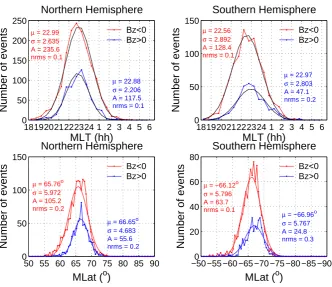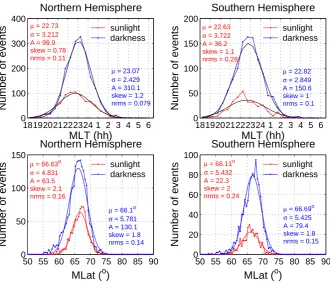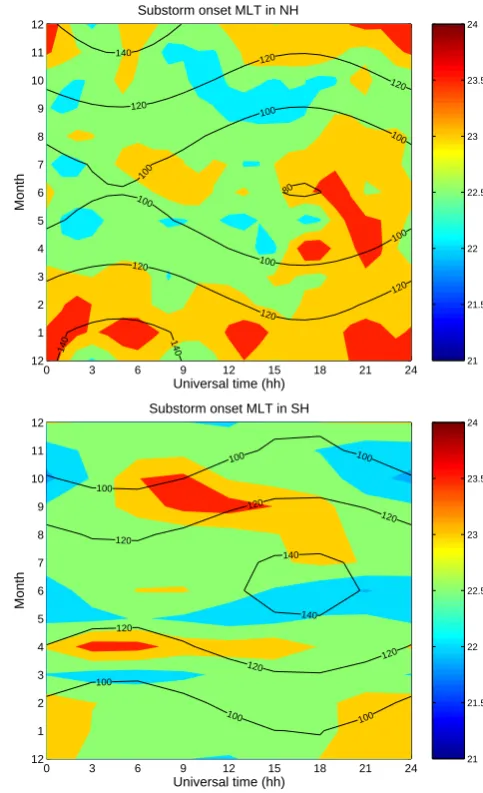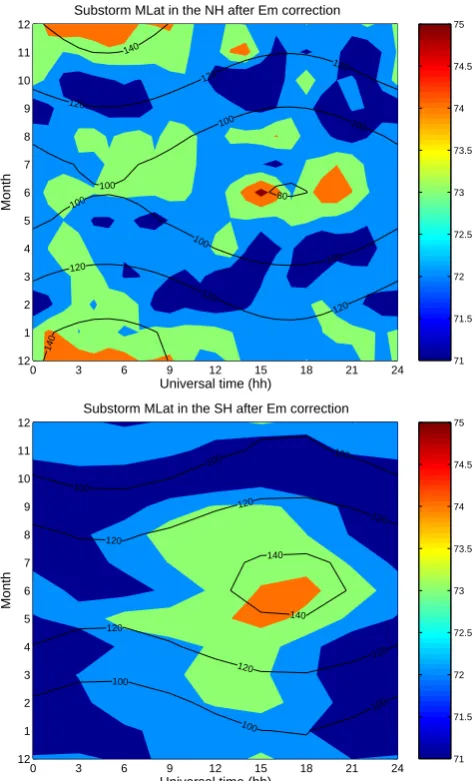Interhemispheric comparison of average substorm onset locations: evidence for deviation from conjugacy
Full text
Figure




Related documents
The main findings of our study are as follows: (1) the overall prevalence of PSSi among ischemic stroke survi- vors was 3.3 % (124/3792); (2) seizure recurred patients among early
The purpose of this study was to utilize time series methodology to determine the temporal and seasonal variations and the strength of the seasonality in age-related (senile)
In adolescents with both suicide attempts and non – suicidal self-harm, symptoms of depression, eating problems, and the use of illicit drugs were associated with a higher likelihood
Regarding the severity of abuse or dependence (our can- nabis patients used this drug on average on 62% of the days of a month; Deas et al. [28] reported only half as many drugs
Although there are relatively few studies dealing with the analysis of the total extract of human neutrophils, many biological problems such as the role of chemokines,
A qualitative study, using focus group discussions and key informant interviews, was conducted to assess the acceptability of N-of-1 tests as a practical, low cost means of
† indicates within group differences as a function of time from baseline and pre intervention ( p < 0.05).. In addition, 1 g of a -lipoic acid per day is also considered the


